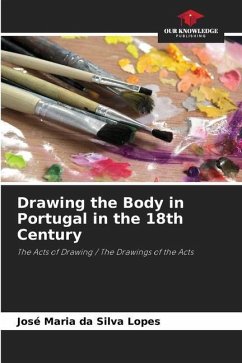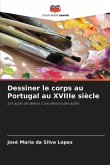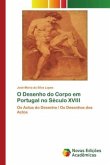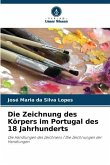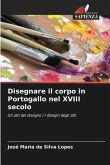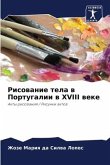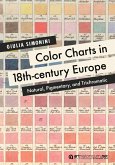The lexeme Acto appeared in Portuguese artistic nomenclature in the 18th century, closely linked to the drawing of the body. With a Baldinuccian matrix, the word atto essentially referred to the poses of the model. Later, the terminology specific to the Arts of Drawing would give the term a broader meaning that also considered the drawings resulting from the Act.In the 1700s, the Academy became the coordinating body for the practical and theoretical knowledge of the Drawing Arts, regulating and regulating the apprenticeship of the Apprentices, leading them along the path of correctness.The Drawing of the Nude Model, the final stage of a teaching based on copying prints and pieces of sculpture of the human body, was rigidly controlled by a diverse set of rules. The Drawings of the Acts reflect the various impositions of the Academies or private classes and are the corollary of the student's apprenticeship. The Drawings of the Acts are the tangible graphic result of the Acts of Drawing. Drawing the Body is, in this limited context, the body of drawing teaching.
Bitte wählen Sie Ihr Anliegen aus.
Rechnungen
Retourenschein anfordern
Bestellstatus
Storno

